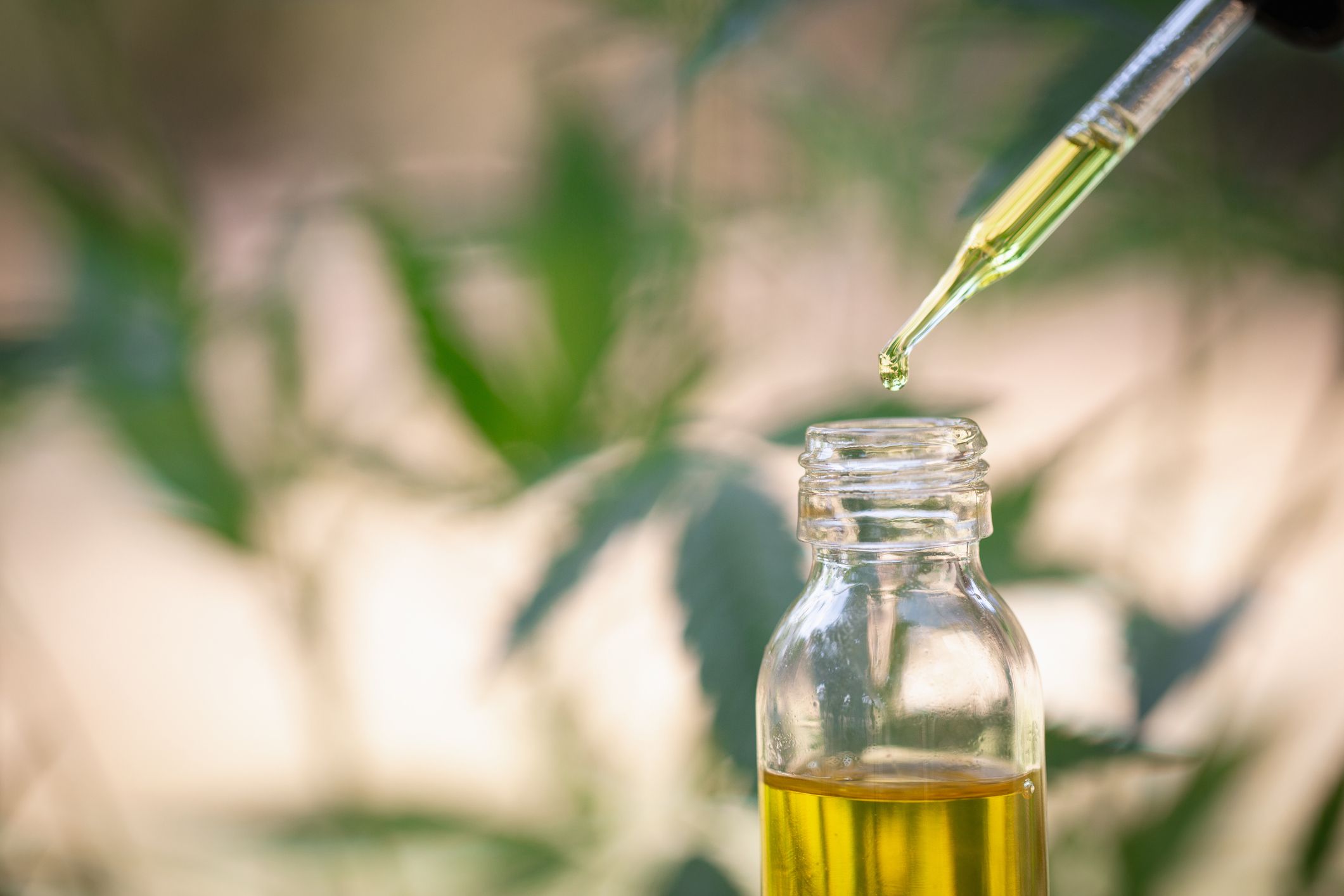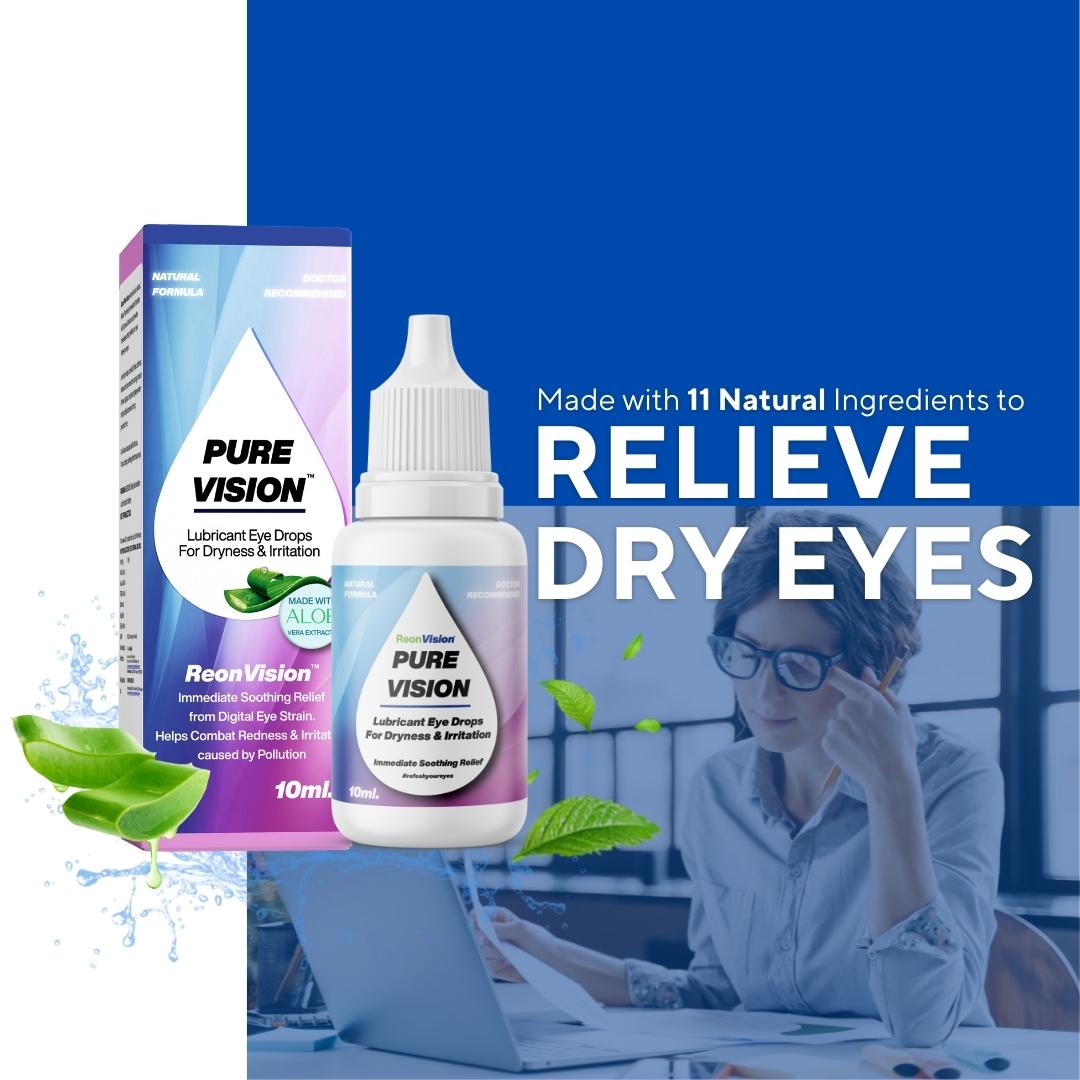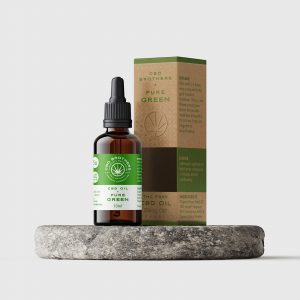
Combining CBD oil and chocolate can make it a delicious treat. It's not only delicious, but it also has many health benefits. It is also a good resource of calcium, magnesium, and can help to reduce inflammation.
Also, dark chocolate contains a lot of flavonols. These compounds are known to lower cancer risk and decrease symptoms of depression.
Consuming CBD-infused dark cocoa can increase cognitive function and neuroplasticity, which in turn can enhance brain blood flow. In addition, chocolate has been shown to increase CBD's bioavailability through its natural fats. This allows for a process called lipid macro-encapsulation.

CBD Chocolate
If you want to experience the full benefits of a cannabis product but are not interested in a psychoactive effect, then cbd edibles are an excellent option. Many products can contain both CBD and THC. Some brands may add additional ingredients such nootropics, adaptogens or botanicals to enhance their overall effects.
Only CBD, No THC
Many people aren’t aware of what to look at in high-quality CBD bars. These products contain a high-quality, full spectrum CBD formula. This means they have a high level of cannabidiol and other phytocannabinoid substances that have positive health effects.
These chocolate bars have the highest concentrations of CBD and are made from high-quality cocoa powder. These chocolates will be delicious and contain a high level of CBD-to-THC ratio. This means they are less likely to have the psychoactive effects associated with THC.
These CBD chocolates can be found in many flavors and textures. Some chocolates have a mix of organic roasted almonds, while others use a combination of chocolate chips with crunchy cacao nibs.

The First CBD Bar You Buy
If you are new to the world of CBD, then you may have questions about how to start taking it. Start slowly. You shouldn't take more that 10 mg each day, either in the morning or night. Once you are comfortable with the effects, gradually increase your dosage by 5mg per day.
Homemade CBD Chocolate Recipes
You can experiment with different CBD oil dosages by making your own homemade CBD chocolate. The process is as easy as melting some chocolate morsels on a pan and adding CBD oil. You can also add your own toppings and flavors to the mix to make a more personalized chocolate treat.
Real cocoa powder is the best option to create a chocolate taste that is authentic without artificial additives. It is possible to use butter as a thickener in order to create a CBD-infused recipe for chocolate that you can keep in the fridge.
FAQ
How can CBD products be promoted in a legal manner by CBD companies?
The FDA does not regulate hemp for its agricultural commodities. The Controlled Substances Act governs all other cannabis derivatives, such as marijuana. To date, there are no specific regulations for CBD.
CBD is legal at the state level in 29 states, but federal law still considers it illegal. This creates uncertainty for businesses looking to sell CBD products.
The FDA has specific guidelines on how CBD products must be marketed. They must disclose the THC content of any CBD products. Without scientific evidence, companies cannot claim CBD treats certain medical conditions.
Further, the FDA requires that manufacturers provide information on manufacturing practices and quality controls. To demonstrate safety and efficacy, the FDA requires companies to perform clinical trials.
Companies should consider these factors when developing their own marketing strategies.
How big does the global CBD market look?
According to Euromonitor International, the global CBD market was worth $US 3.5 Billion in 2015. This is an increase of more than 10% compared to 2014.
This report predicts that the figure will rise to $US6.4 trillion by 2020, which is an average annual growth rate at 12%.
CBD products are predicted to account for half of all the hemp-derived products globally by 2020.
This includes both CBD oils and other CBD products such as food, beverages, cosmetics, and pet care items.
Are there any common mistakes companies make when entering the US cannabinoid marketplace?
Uncertainty about the regulations for cannabis products is the first mistake. This could cause you to have to modify the formulation of your product.
A second error is not properly labeling your product. Know whether your product contains THC, CBD or both.
Finally, you must know how to package your product correctly. If you have a product that contains THC, make sure it is properly packaged.
Even if your product doesn't contain THC, you must still comply with all packaging laws. There are many states in which cannabidiol is legal.
You should also keep track of recalls that may have occurred with your products. If your product is defective, you should notify customers immediately.
Statistics
- While the primary injury may not be treatable, interventions that attenuate secondary sequelae are likely to be of benefit [203].Only one study (ncbi.nlm.nih.gov)
- A recent systematic review of human trials also reported that individuals with epilepsy receiving CBD (5–20 mg·kg−1·day−1) were more likely to experience decreased appetite than those receiving placebo (i.e., ~20 vs. 5% of patients) (ncbi.nlm.nih.gov)
- A recent study [161] also found that in vitro CBD treatment (i.e., ≤ 2 h exposure to 10 μM) induced ~40% vasorelaxation in isolated (pre-constricted) (ncbi.nlm.nih.gov)
- The inhibition of FAAH is predicted to lead to an increase in brain and plasma concentrations of AEA, which acts as a partial agonist at CB1R and CB2R, thereby increasing endocannabinoid tone [92, 110]. (ncbi.nlm.nih.gov)
- The use of these products is likely to become even more widespread if the World Health Organization's recommendation that CBD no longer is scheduled in the international drug control conventions is adopted by the United Nations member states [201]. (ncbi.nlm.nih.gov)
External Links
How To
What are the most common problems in the CBD industry?
The current market for CBD-based products is expanding at a phenomenal rate. Businesses looking to get into this market face many obstacles. These include a lack of consumer awareness, high cost of entry, limited access to capital, and regulatory uncertainty.
Many consumers do not know what CBD is or how it works. This means they are not able to make informed choices about whether or no to purchase CBD products.
CBD companies are heavily dependent on word-of–mouth marketing. This is costly because they have to pay for advertising and hire staff to promote their brand.
Another problem for new entrants to CBD is the high price of production. CBD products can be very costly because of the cost of the raw materials. CBD oil is made from hemp that has been grown in particular climates.
It takes approximately $1,000 per acre to grow enough hemp to process into CBD oil. Many small farmers are unable or unwilling to invest in this product.
Access to capital is another challenge for new entrants in the CBD market. Banks discourage many people from starting a business because of the stigma attached to this industry.
Final, there are regulatory uncertainties surrounding the sale CBD products. There are currently no guidelines on how CBD products should marketed.
While some states have passed legislation restricting CBD products' sale, it has not been adopted as a national policy.
So far, only two states - Maine and Nevada - have legalized recreational marijuana.
However, some states like Massachusetts and Michigan are considering similar measures.
These changes could lead to increased competition between CBD manufacturers.
As a result of these factors, many entrepreneurs choose to work from home rather than start a physical business.